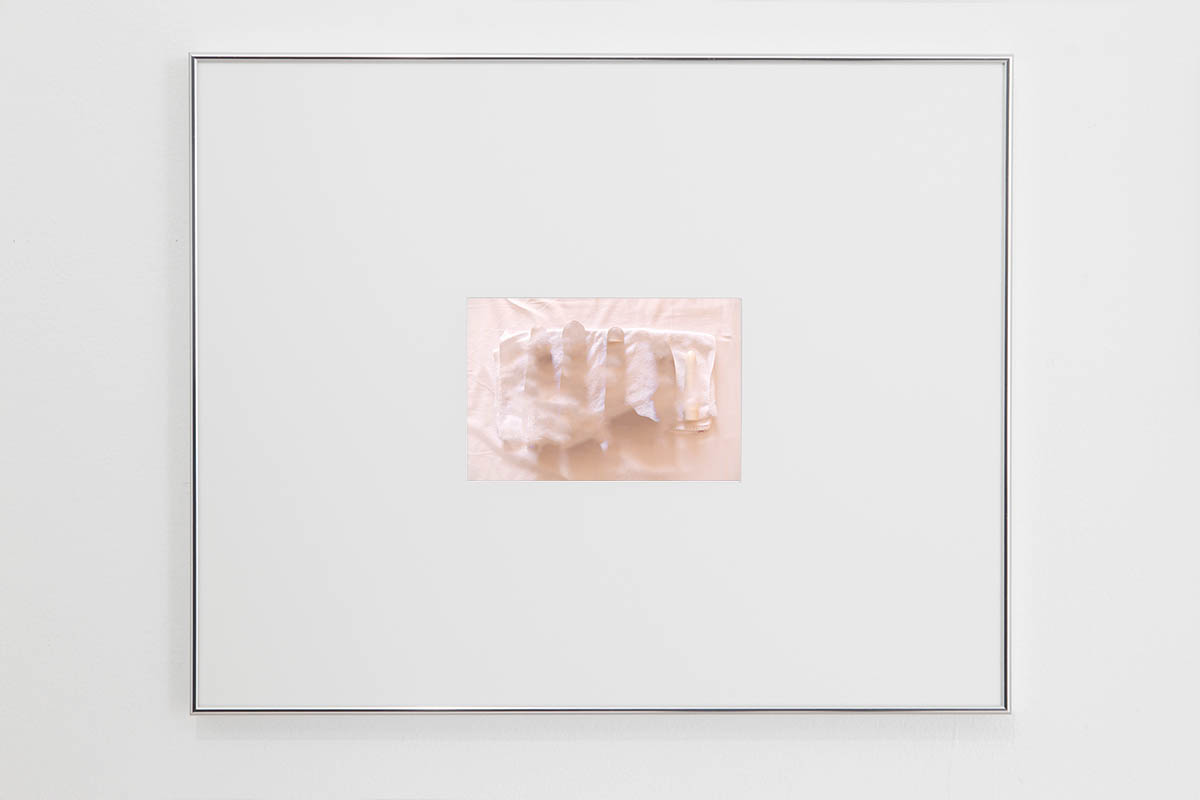

ΑΓΝΩΣΊΑ
Chromogenic print
2021
ΑΓΝΩΣΊΑ
Chromogenic print
2021
Saturday, September 20th, 1975 […]
I will let this discussion between my eye and my intellect dissolve into a chemical solution in the milky substance right in front of me.[3]